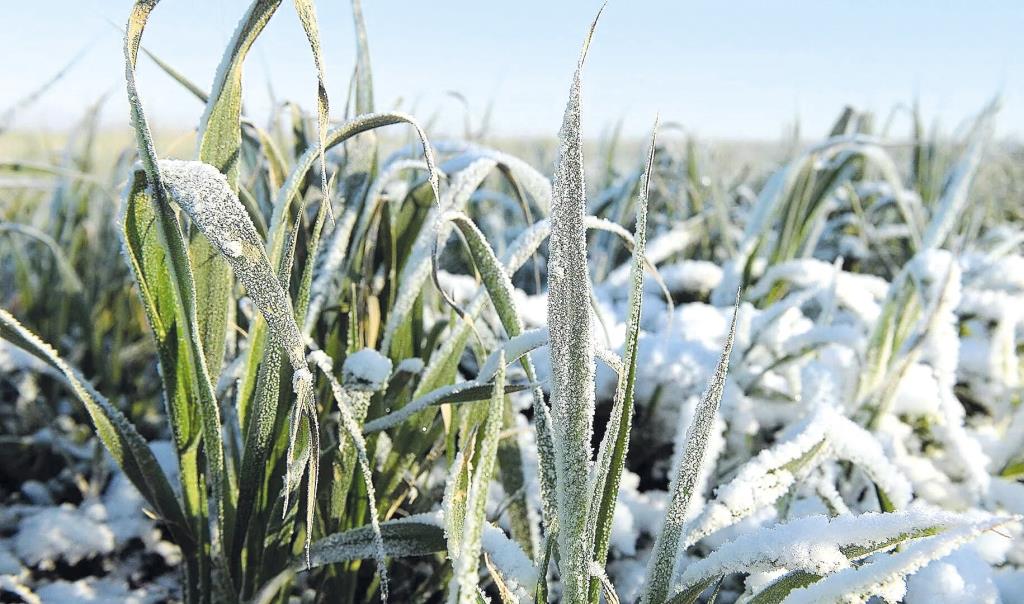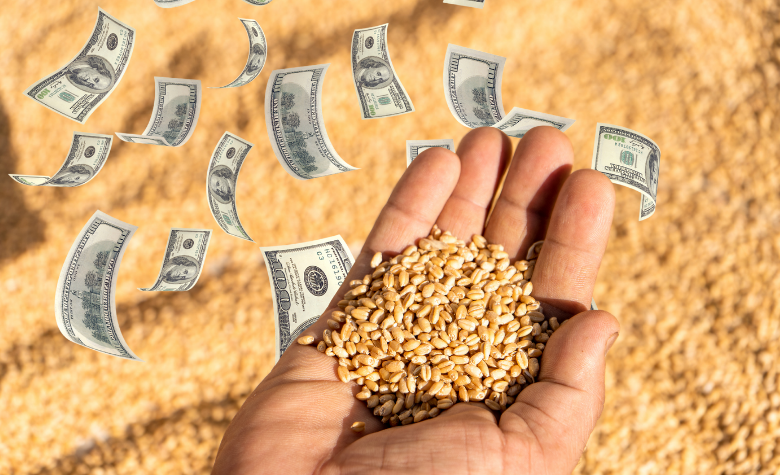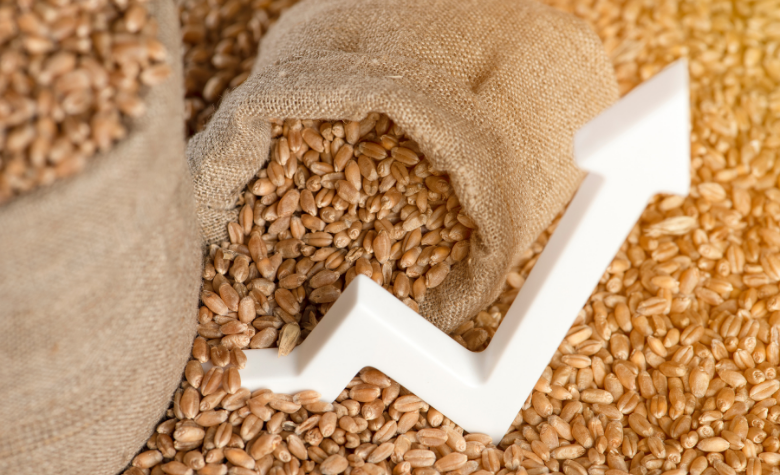
This year, spring, which should have marked the start of a new agricultural cycle, has felt more like another trial for Ukrainian farmers. Unstable temperatures, a moisture deficit, and unexpected frosts have all left their mark on the 2025 sowing campaign.
Unscripted Weather: Spring’s Surprises
This year’s spring sowing took place under conditions that could hardly be called favorable. From the very beginning, farmers faced a lack of moisture in the soil, which created problems for quality planting. And while the situation is slightly better in some regions, overall, there are plenty of challenges.
“The weather conditions during this year’s spring sowing campaign are definitely hard to call ideal. Two main negative factors had an impact: insufficient soil moisture and frosts,” comments Svitlana Lytvyn, Head of the Analytical Department at UCAB.
According to her, although moisture levels have somewhat recovered in the southern and eastern regions compared to last year, the situation has worsened in the central, northern, and western regions. And although rainfall finally arrived in May, the sowing campaign was already in its final stages, and the moisture came too late.
A Spring with an Icy Aftertaste
While the lack of moisture was an unwelcome backdrop, the real blow for farmers came from the spring frosts. They hit crops in April and even in May—an atypical phenomenon that caught many by surprise.
“Crops in some areas across almost all of Ukraine were affected by the frosts. Fortunately, this was not widespread, but some farms still had to re-plow already sown fields and plant anew,” adds Svitlana Lytvyn.
Wheat, barley, rapeseed, and peas proved to be particularly vulnerable. Even partial losses forced farmers to invest additional resources in re-sowing, which not only increased production costs but also shifted the development timelines for the crops.
The Bottom Line: The Harvest in Question
The season has not started on a very optimistic note. Two key factors—the lack of moisture and spring frosts—have already affected the condition of the crops. However, it is too early to draw final conclusions about yields.
“These two factors will have a negative impact on future yields, but everything will still depend on further weather conditions,” emphasizes the expert.
Indeed, if the summer is hot but with regular rains, some of the losses can be offset. But if drought returns, as has happened in previous years, a difficult autumn awaits us.
Lessons for the Agricultural Sector
The spring of 2025 is another reminder that Ukrainian agriculture is increasingly dependent on climate fluctuations. These changes are no longer a theory, but a reality. The response to them involves not only technological adaptation but also strategic planning: irrigation, changing crop structures, and investing in resilient varieties.
Specially for “AgroElita” magazine


